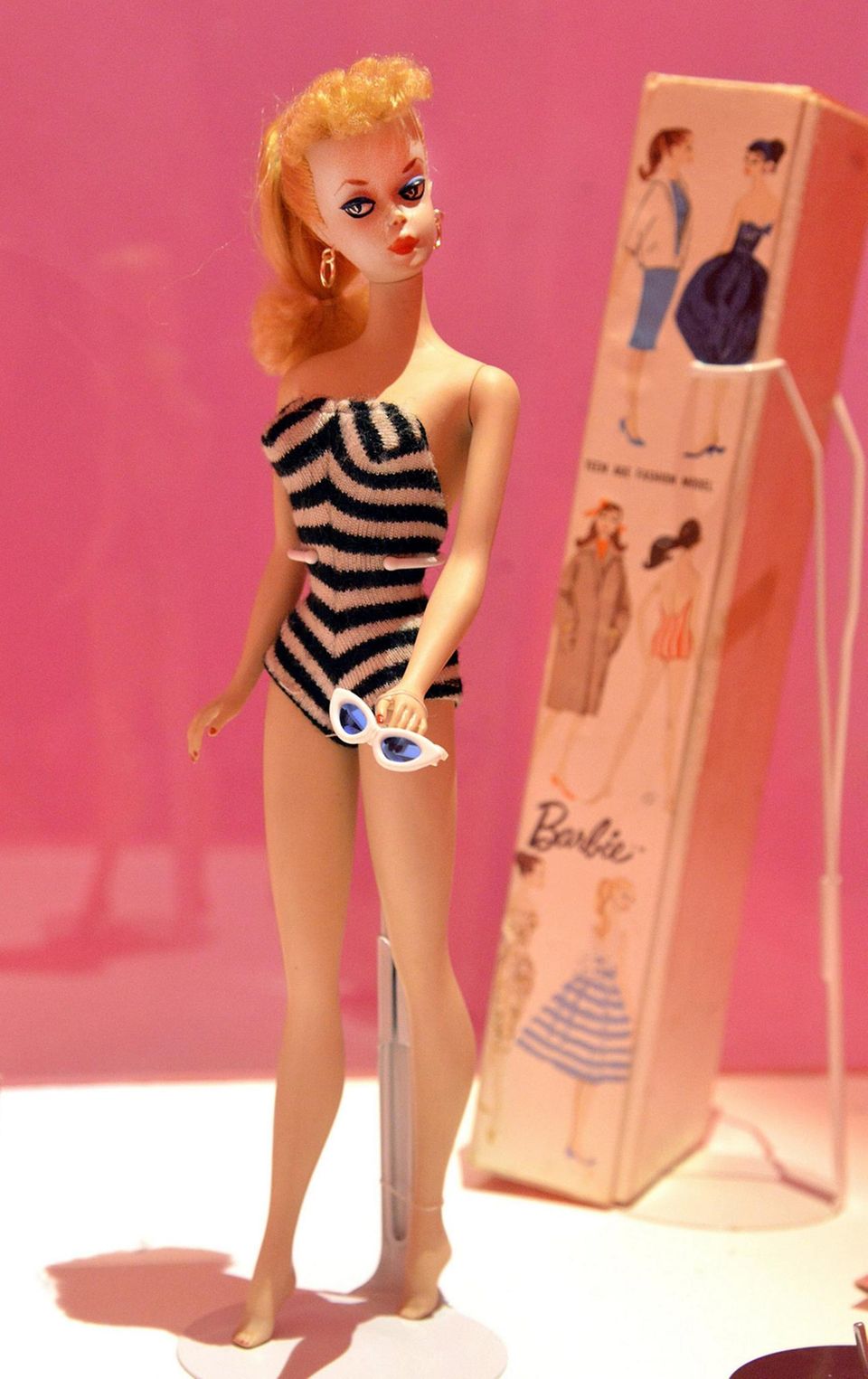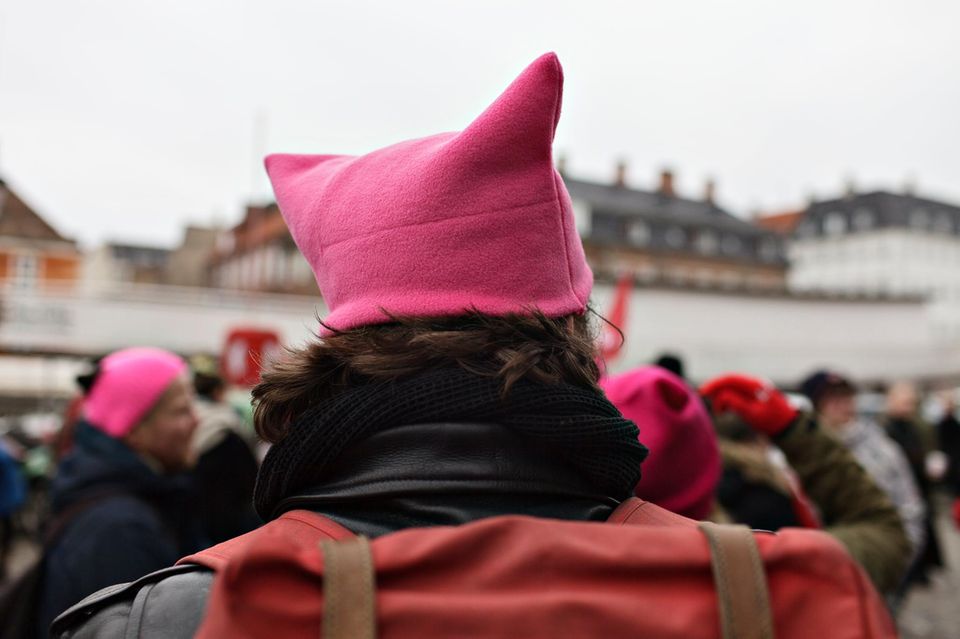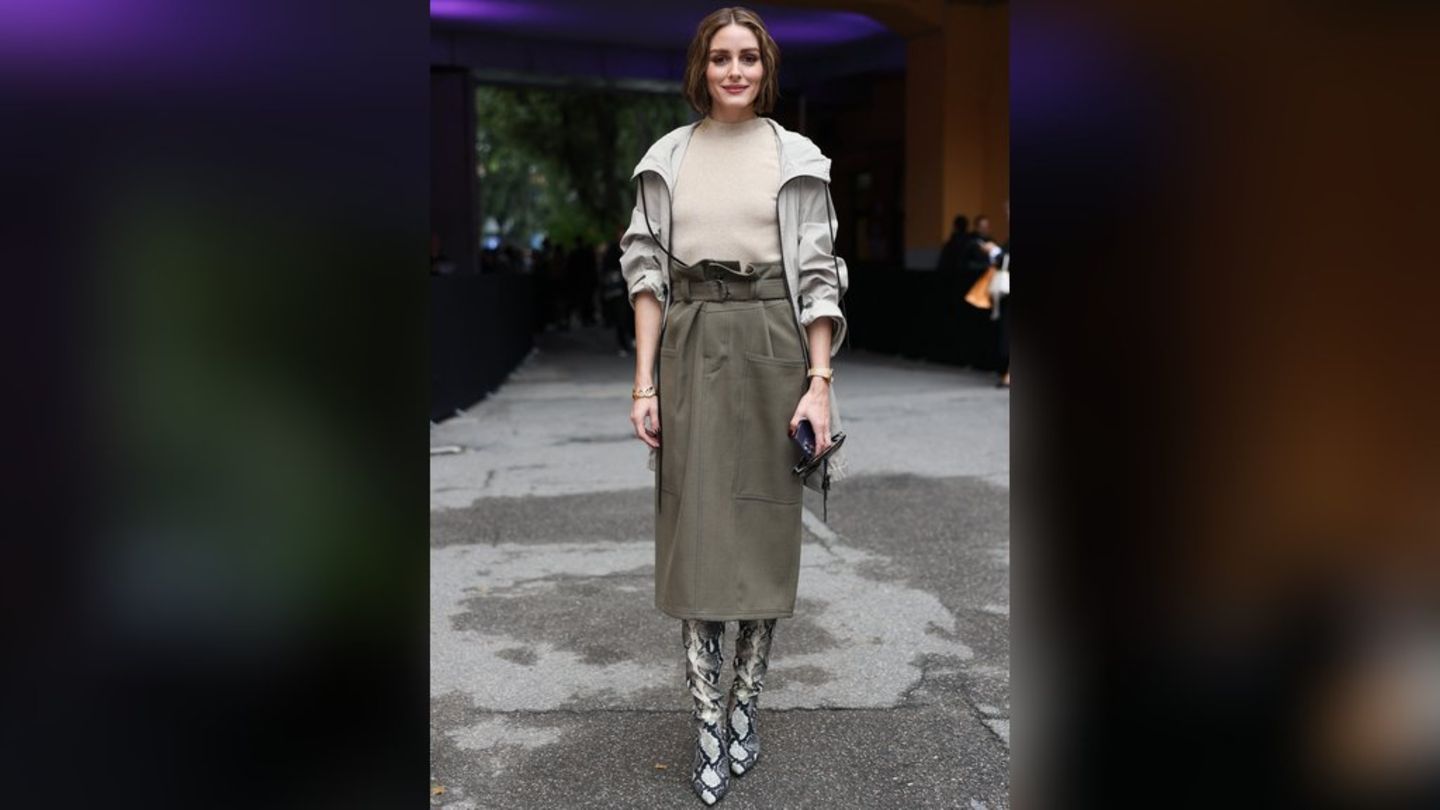Fashion
Pink made the world’s most famous plastic doll a success – but Barbie did little for color. Nevertheless, it became a symbol of feminism.
Who gets in the box first? A queue has formed around a pink box in a Hamburg fashion store. “Barbie” it says in big letters, it’s a life-size replica of its packaging. “Just one more picture!”, exclaims a young woman in a pink blazer, striking a pose. Chest out, head tilted, lips pursed and slightly parted. The friend takes a quick picture of her, the pouty Barbie, the waiting girls, also dressed in pink, roll their eyes in annoyance.
The world has Barbie fever. Karl Lagerfeld’s rule of style “Think pink but don’t wear it” seems forgotten, for weeks the shops have been full of fuchsia frocks and pink miniskirts. You can find them in fashion chains, as well as in luxury brands. Hardly anyone can ignore the pink fashion trend with the sonorous name “Barbie core”. Pink is also playing a role away from fashion: the holiday platform Airbnb was giving away overnight stays in a bubblegum-colored dream villa in Malibu. Even Argentine soccer star Lionel Messi wears the color. For his new club Inter Miami he is now in pink on the pitch. That begs the question: are we all a little bit Barbie now?

Barbie scratched the color’s image
In fact, it looks like the film about the world’s most famous plastic doll is helping the color pink shine again. After all, the fates of both are closely linked: Since their invention in the 1950s, Barbie has appeared again and again in every shade from pink to fuchsia. But the doll represented a beauty ideal that led women to believe that they had to be tall, slim and snub-nosed. She reduced them to pretty appendages. US actress Jayne Mansfield once said: “Men want a girl to wear pink, be helpless and take a deep breath.” Although Pink Barbie always looked good, she did little for the color.
Pink doesn’t need the doll’s help either. Although Barbie scratched the image of clay with her anti-feminist appearance, it has been around for centuries and has survived ups and downs. It has long established itself as a political statement. “Pink is the color of demarcation and resistance”says Barbara Nemitz, art professor at the Bauhaus University in Weimar and author of the illustrated book “Pink”. The color is now symbolic of feminism. This was also evident in 2017 with the Women’s Marches. Because ex-President Donald Trump boasted that he could touch every woman between the legs, women took to the streets around the world. To underscore their protest with a symbol, they wore hats with pricked-up cat ears, meant to allude to the female genitals. The color of the hats: pink.

Pink as a protest
From then on, many designers opted for nuances ranging from pale pink to neon magenta. Wearing pink became a statement for self-confident women. It no longer had anything in common with kitsch and girls’ dreams. The fact that Donald Trump, of all people, initiated the change of image with his sexist statements fits in with the color’s ambivalent history. She has always stood for opposites.
Blue was once the color of girls because it was associated with the Holy Virgin Mary. Red, on the other hand, stood for fighting spirit, even aggression – and was worn by men. Paintings from the Renaissance to the 20th century bear witness to this. For example, in the early 16th century, the Italian philosopher Niccolò Machiavelli had a clear idea of how men should dress. His tip: “Two meters of pink fabric form a gentleman”. Claire Wilcox, curator at London’s Victoria & Albert Museum, says: “Back then, the color pink stood for power – and above all for masculinity.” She was considered that “Little red” and was understood as a weakened form of blood, combat and manhood. Even today, fallen soldiers are honored in Japan when pink leaves fall from the trees during cherry blossom season.
Symbol of the LGBTQ+ community
The color has also been the identifying mark of the LGBTQ+ community since the 1970s. The election goes back to the pink triangles, those triangles from the Nazi era that were attached to gay prisoners in concentration camps. Instead of hiding the stigma, the queer community made it their symbol.
First soap operas, then Hollywood
Convertible – not only as a Barbie doll: the life of Margot Robbie in pictures
The fact that pink once became the color of women is a development that only occurred at the end of the 19th century. It was neither fashionable nor politically motivated, but had purely practical reasons. At that time, the industry discovered the overalls as work clothes. It resulted in the tried and tested dress code being reversed.
Today, in times of gender-fluid fashion and blurring lines between men and women, pink has become the gender-neutral color. No sound symbolizes this zeitgeist better. It has long been suitable for the masses and can be worn by everyone. That the Barbie film should have revived the color sounds like a misunderstanding. A real hysteria has arisen, but it is based more on clever marketing. One can only hope that the Barbie fever subsides quickly. It doesn’t matter to the color pink. She has already survived completely different antics.
Source: Stern
I am an author and journalist who has worked in the entertainment industry for over a decade. I currently work as a news editor at a major news website, and my focus is on covering the latest trends in entertainment. I also write occasional pieces for other outlets, and have authored two books about the entertainment industry.




